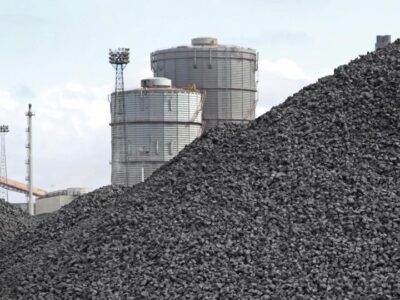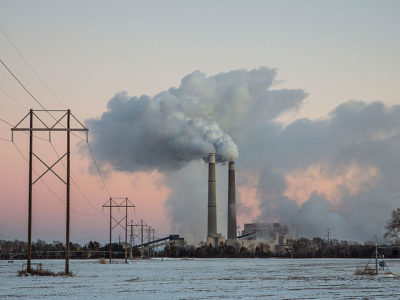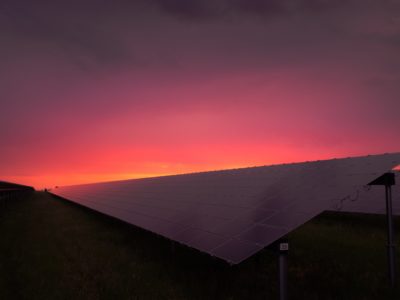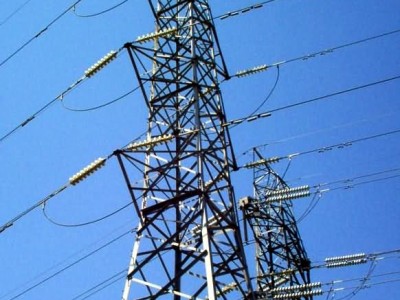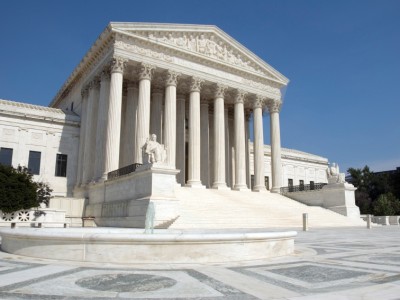electricity generation
The Emperor’s New Endangerment Theory (Part III)
How did EPA get to the absurd conclusion that 1.5 billion tons of carbon emissions aren’t significant? Well might you ask.
There is a very good chance that a court would strike down a EPA’s current finding that carbon emissions from the U.S. power sector are too insignificant to regulate. EPA’s effort to explain its ultimate conclusion rests on a hodgepodge of poorly analyzed considerations, which obviously have been reverse engineered to lead to EPA’s preferred conclusion.
CONTINUE READINGThere are Piles of Coal in America’s Christmas Stocking
Coal is piling up, unused, at powerplants across the country
Bad children, supposedly, will get only lumps of coal in their stockings. That could be taken as a metaphor for the anti-environmental programs coming down the line, but I have in mind something a bit less metaphorical. According to a recent report, coal-fired power plants have immense piles of coal – 138 million tons, equal …
Continue reading “There are Piles of Coal in America’s Christmas Stocking”
CONTINUE READINGAdvancing renewables through electricity restructuring
Reducing barriers to siting new electricity generation can help advance renewable energy production
Our electricity system will be crucial to decarbonization efforts, both because much of our current energy comes from electricity, and because decarbonizing sectors like transportation will require significant electrification. And electricity is the sector where we have had the most success in decarbonization so far in the United States. But there is still more to …
Continue reading “Advancing renewables through electricity restructuring”
CONTINUE READINGAnother Court Loss for the Trump EPA
D.C. Circuit enforces deadlines for air pollution compliance
On Friday, the D.C. Circuit issued a brief order in a case called New York v. EPA. In some respects, the order was a foregone conclusion, given the same court’s September ruling in a case called Wisconsin v. EPA. But it’s nonetheless noteworthy. Both the New York and the Wisconsin case involved a section in …
Continue reading “Another Court Loss for the Trump EPA”
CONTINUE READINGMore States Are Finally Following California’s RPS Lead
California has long led the push for renewable energy mandates, and others are catching on
California’s renewables portfolio standard (RPS) is a flagship component of the state’s robust portfolio of climate change policies. The RPS is complex, but the basic concept is simple: state law requires electric utilities to procure a minimum percentage of their retail electricity from qualifying renewable sources under rules set by the California Public Utilities Commission. …
Continue reading “More States Are Finally Following California’s RPS Lead”
CONTINUE READINGWhat Hath FERC Wrought?
FERC’s GOP majority has taken a swipe against renewable energy. It might work, or it might backfire.
At the end of June, in a vote divided along partisan lines, FERC handed down a sweeping order that will impact electricity markets in a wide swath of the country. — likely at the expense of renewable energy and nuclear power. Unfortunately, like Trump’s power plant bailout, the result may be to delay the closing …
Continue reading “What Hath FERC Wrought?”
CONTINUE READINGThe Death of Deference?
Yesterday, the Supreme Court granted cert. in several cases to hear the following question: “Whether the Environmental Protection Agency unreasonably refused to consider costs in determining whether it is appropriate to regulate hazardous air pollutants emitted by electric utilities.” The fundamental issue is whether it was unreasonable for EPA to interpret section 112 to preclude consideration …
Continue reading “The Death of Deference?”
CONTINUE READINGPublic Health and the Changing Electicity Mix
The electricity mix has changed dramatically, as discussed by my colleagues from the Haas School recently. The following chart tells the tale: Notice that the blue line (coal) is diving, while the orange line (natural gas) is picking up the slack. The change seems to be due to the rapid decline in gas prices. The …
Continue reading “Public Health and the Changing Electicity Mix”
CONTINUE READINGHeat Waves, Droughts, and the Energy System
According to the IPCC, it “is very likely that hot extremes, heat waves, and heavy precipitation events will continue to become more frequent.” For instance, by midcentury, the number of heat wave days in Los Angeles is expected to at least double over the late twentieth century, and quadrupling is expected by the end of …
Continue reading “Heat Waves, Droughts, and the Energy System”
CONTINUE READING




